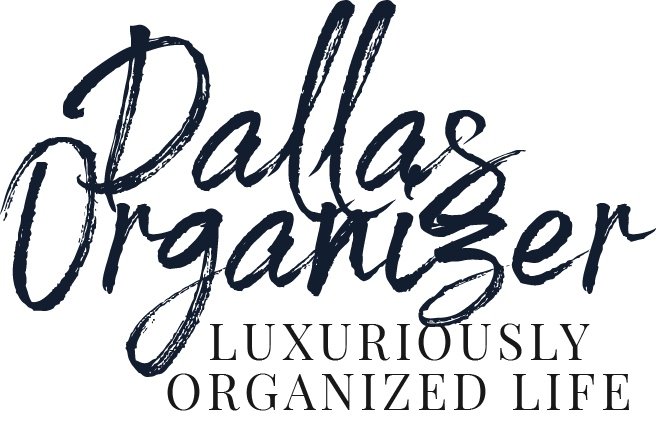Outline: The Ultimate Guide to Choosing Paint Colors for Your Space
Introduction
Choosing the right paint color for your home or workspace is more than just a design decision—it influences mood, productivity, and even your online presence. Whether you’re painting your home office, refreshing a rental space, or creating a luxurious designer look, selecting the perfect color is essential.
This guide will help you navigate:
Color psychology
Rental-friendly alternatives
DIY vs. professional painting
How to achieve a magazine-worthy space
Section 1: Understanding the Psychology of Colors
1.1 How Colors Affect Mood & Productivity
Warm vs. Cool Colors: Their Impact on Emotions
Warm Colors (Red, Orange, Yellow) - Stimulating and energetic, great for creativity and socialization.
Red: Passion and excitement, best for creative studios or dining rooms.
Orange: Warm and motivational, suitable for workout rooms or offices.
Yellow: Happiness and optimism, perfect for kitchens and offices.
Cool Colors (Blue, Green, Purple) - Calming and soothing, promoting focus and relaxation.
Blue: Enhances concentration, great for offices and bedrooms.
Green: Reduces stress, ideal for living rooms and meditation spaces.
Purple: Evokes creativity and luxury, with lighter shades for calmness.
Energizing vs. Calming Color Palettes
Energizing: Red, orange, yellow, bright coral, teal, and gold.
Calming: Soft blues, greens, lavenders, neutrals (beige, gray), muted pastels.
What Colors Work Best for Different Spaces?
1. Home Offices - Blue and green enhance focus, while neutral tones maintain professionalism.
2. Bedrooms - Soft blues, lavender, sage green, and warm neutrals promote relaxation.
3. Living Rooms - Earthy tones, soft blues, muted jewel tones add warmth and comfort.
4. Kitchens - White, soft yellow, light green, or warm gray keep the space bright and inviting.
5. Bathrooms - Light blue, aqua, soft green, and warm whites create a spa-like feel.
6. Dining Rooms - Rich reds and burgundies stimulate appetite, while deep blues add sophistication.
7. Gyms & Workout Spaces - Bright orange, red, lime green, and vibrant blue keep energy levels high.
8. Nurseries & Kids’ Rooms - Soft pastels and muted teal balance playfulness with restfulness.
Section 2: Choosing the Right Paint for Your Needs
2.1 Questions to Ask Before Choosing a Paint Color
What mood do I want the space to evoke?
How does lighting affect the color choice?
Will I be filming or working in this space?
2.2 Best Paint Colors for Online Presence & CEO Aesthetics
Professional Backdrop Colors:
Blue: Trust, stability, intelligence
Gray: Neutral, sophisticated, modern
White: Clean, minimalistic, professional
Muted jewel tones: Elegant and bold
Section 3: Should You Add Metallics or Glitter?
Pros of Metallic & Glitter Walls:
Adds luxury and reflects light
Unique and dramatic effect
Cons:
Hard to repaint over
Can be overwhelming if overused
Alternatives: Metallic wallpapers, glitter-finished decor, or accent furniture.
Section 4: DIY vs. Hiring a Professional Painter
4.1 When You Should DIY
Cost-effective for small projects
More control over color and finish
Fun and rewarding home project
4.2 When to Hire a Professional
Large-scale projects or complex textures
Custom wall murals or faux finishes
Time-saving with high-quality results
Section 5: Accent Walls vs. Full Coverage
5.1 What Is an Accent Wall?
One wall painted in a contrasting color or texture
Ideal for adding depth and highlighting focal points
5.2 What Is Full Coverage?
All walls painted uniformly for a seamless look
Works well in large or open spaces
5.3 Choosing Between the Two
Accent walls add drama and variety
Full coverage creates cohesion and elegance
Hybrid approaches (e.g., textured accent walls) balance both options
Section 6: Rental-Friendly Alternatives to Paint
6.1 Non-Permanent Color Options
Peel-and-stick wallpaper
Large-scale artwork & tapestries
Temporary wall decals
Colorful furniture & decor
Smart LED lighting for color-changing walls
Section 7: How to Make Your Space Look Designer with Color
7.1 Choosing a High-End Color Palette
Neutral elegance: Beige, taupe, soft gray
Moody sophistication: Navy, emerald green, burgundy
Classic black & white: High-contrast refinement
7.2 Following the 60-30-10 Rule
60% dominant color (walls/floors)
30% secondary color (furniture/curtains)
10% accent color (decor/pillows)
7.3 Using Contrast and Texture
Light vs. dark pairings for depth
Metallic finishes and textures for richness
Layered elements (wood, velvet, linen) for dimension
Section 8: Making the Final Decision
8.1 Pros & Cons of Committing to a Paint Color
✅ Pros:
Instantly refreshes and modernizes
Defines your interior style
Can increase property value
❌ Cons:
Hard to reverse if too bold
Colors change in different lighting
Trend-based choices may go out of style
8.2 How to Test Paint Colors
Paint swatches on multiple walls
Compare against furniture and decor
Try digital visualization tools
Live with the sample for a few days
Conclusion: Bringing Your Vision to Life
Choosing the right paint color is an impactful design decision that shapes mood, functionality, and aesthetics. To summarize:
Understand color psychology
Consider the purpose of the space
Test swatches before committing
Balance accent walls with full coverage
Use rental-friendly alternatives when necessary
Coordinate wall colors with furniture and decor
Final Encouragement
🎨 Have fun experimenting with colors! Your home should reflect your personality, lifestyle, and design aspirations. Happy painting!
FAQs
What are the best colors for small rooms?
Light colors like soft white, pale blue, or light gray make a room appear larger.
Can I use multiple accent walls in one room?
Yes, but ensure they complement the overall color scheme.
How do I test a paint color before committing?
Use swatches on different walls and observe them in natural and artificial light.
What are the best colors for a home office?
Blues and greens enhance concentration; warm neutrals create a calming workspace.
Is black a good choice for walls?
Black can be elegant but works best in well-lit spaces with contrasting decor.

